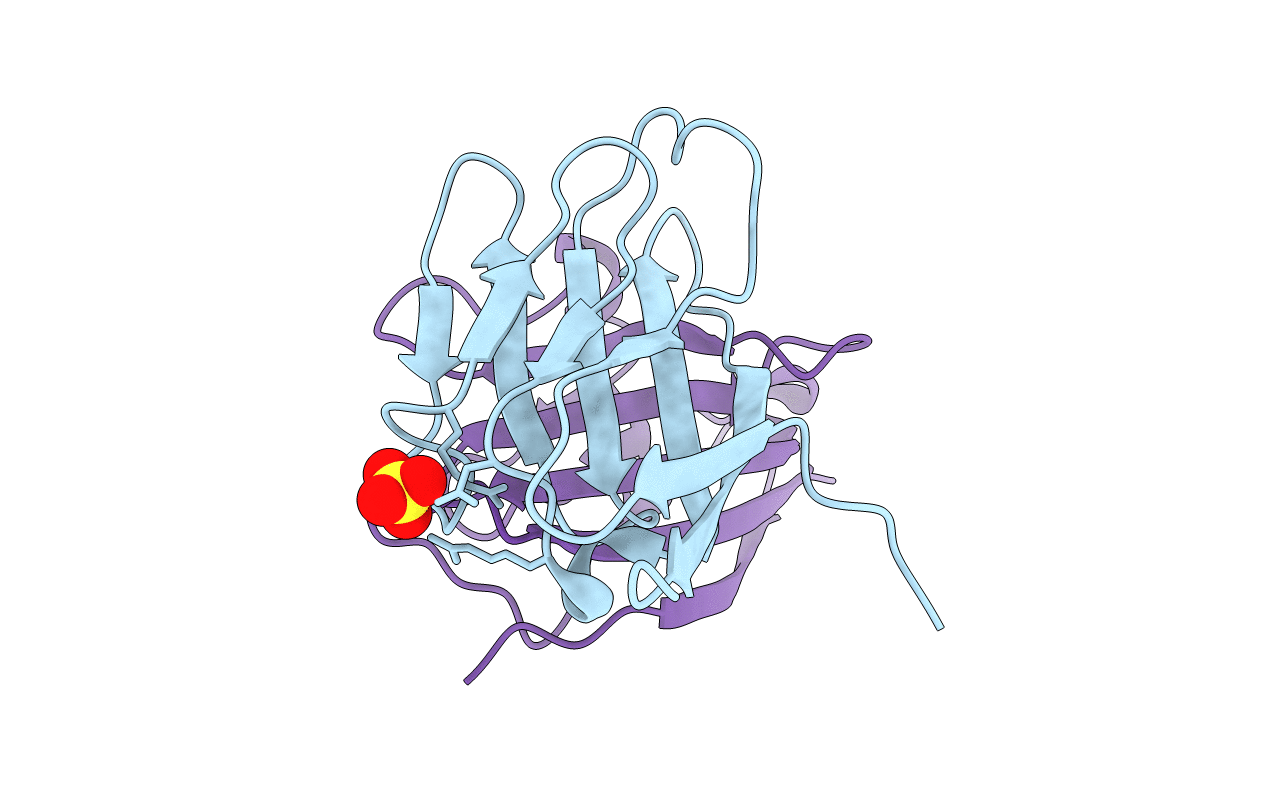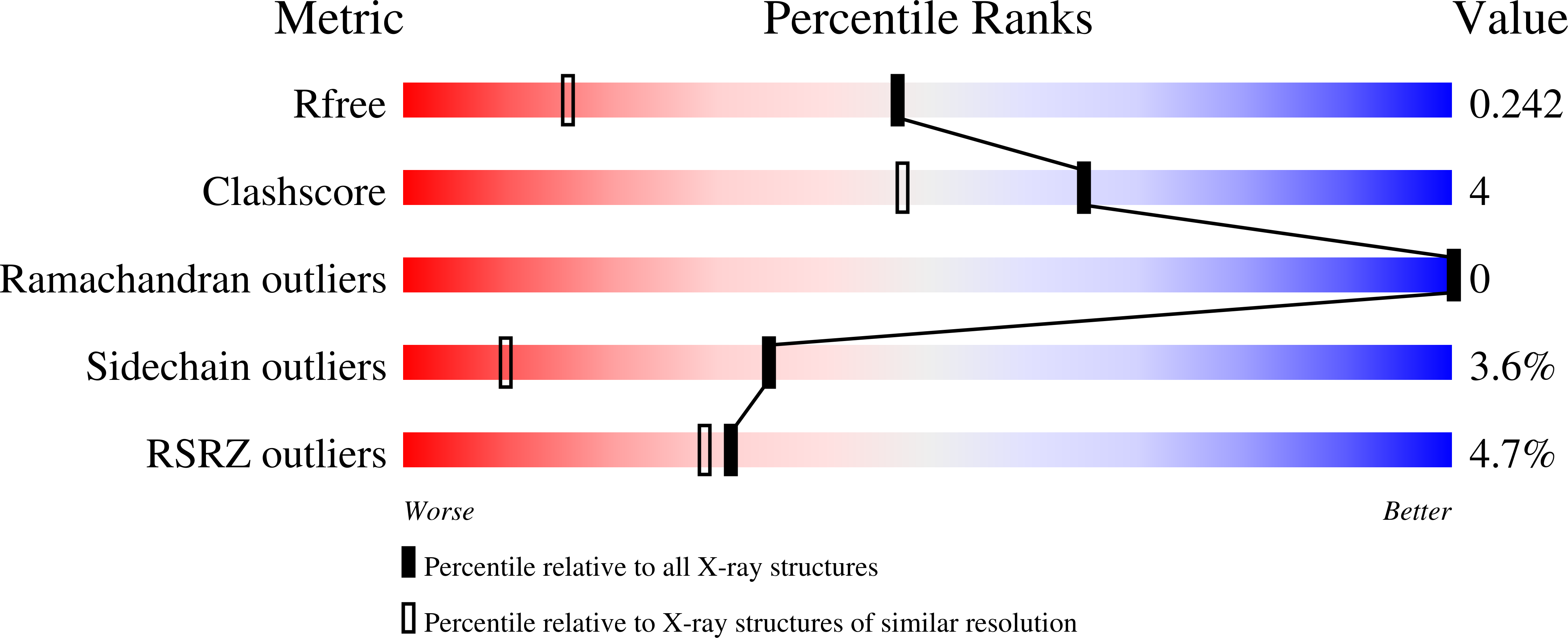
Deposition Date
2007-05-08
Release Date
2007-11-20
Last Version Date
2024-11-13
Entry Detail
PDB ID:
2PTT
Keywords:
Title:
Structure of NK cell receptor 2B4 (CD244) bound to its ligand CD48
Biological Source:
Source Organism:
Mus musculus (Taxon ID: 10090)
Host Organism:
Method Details:
Experimental Method:
Resolution:
1.63 Å
R-Value Free:
0.24
R-Value Work:
0.19
R-Value Observed:
0.19
Space Group:
C 1 2 1


